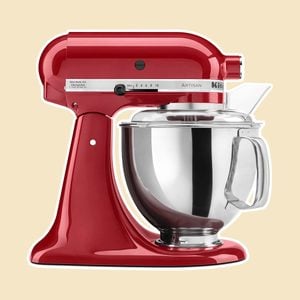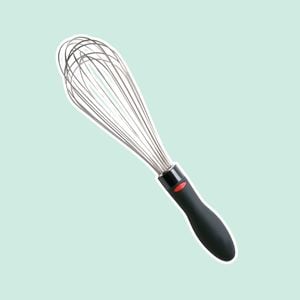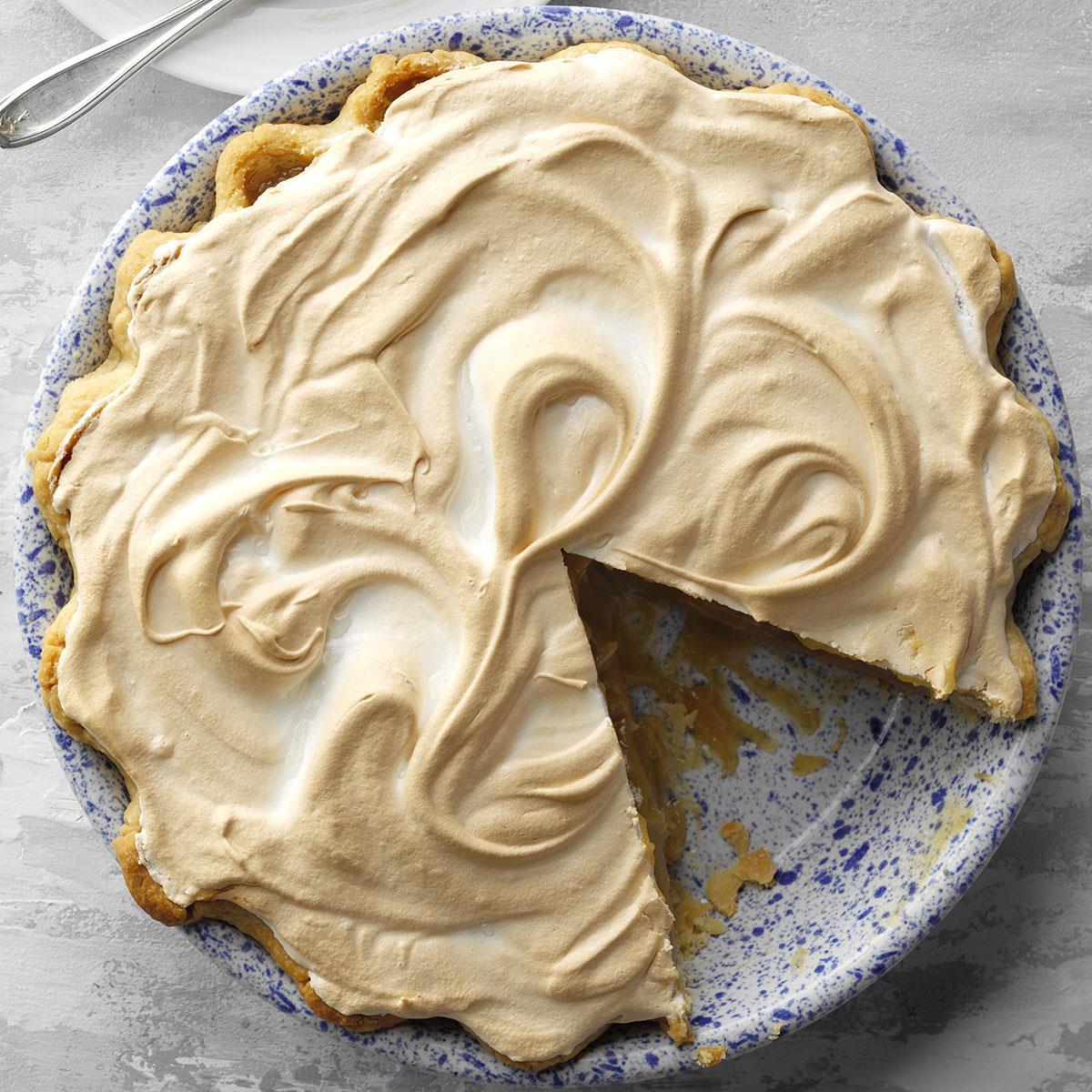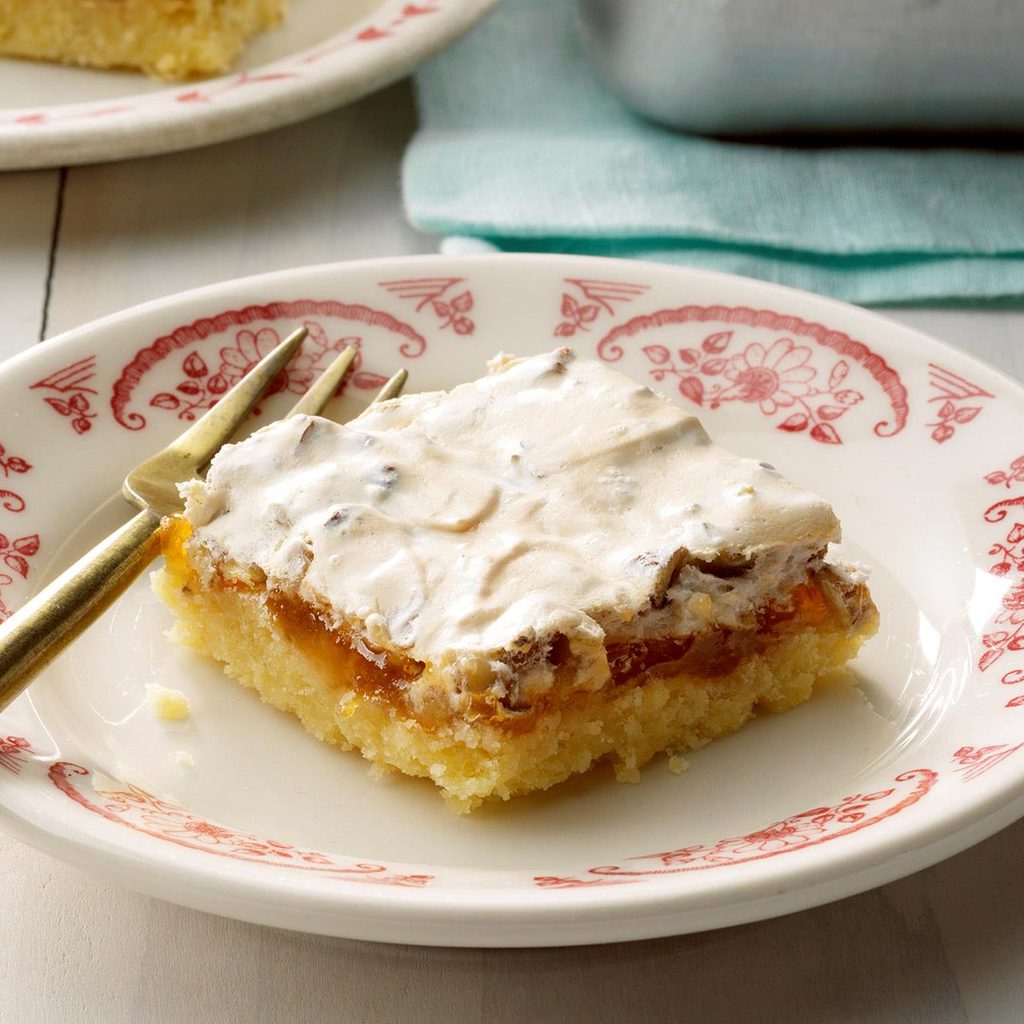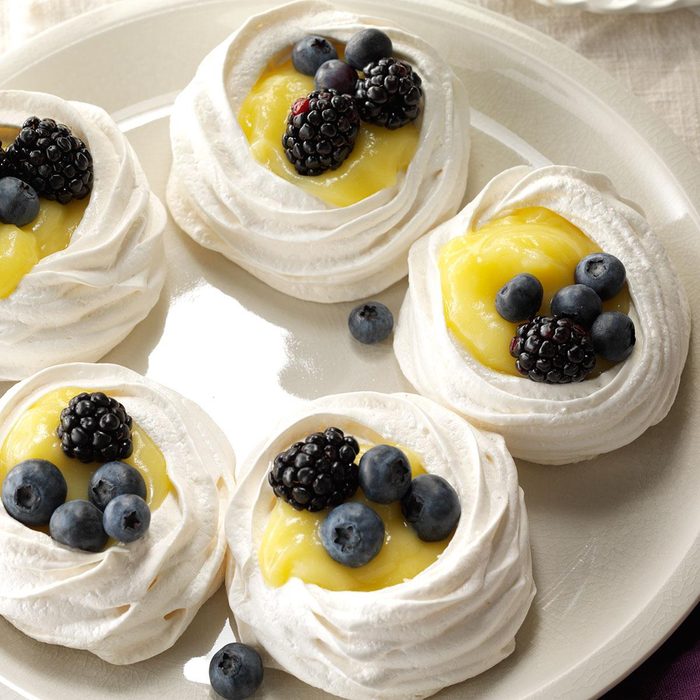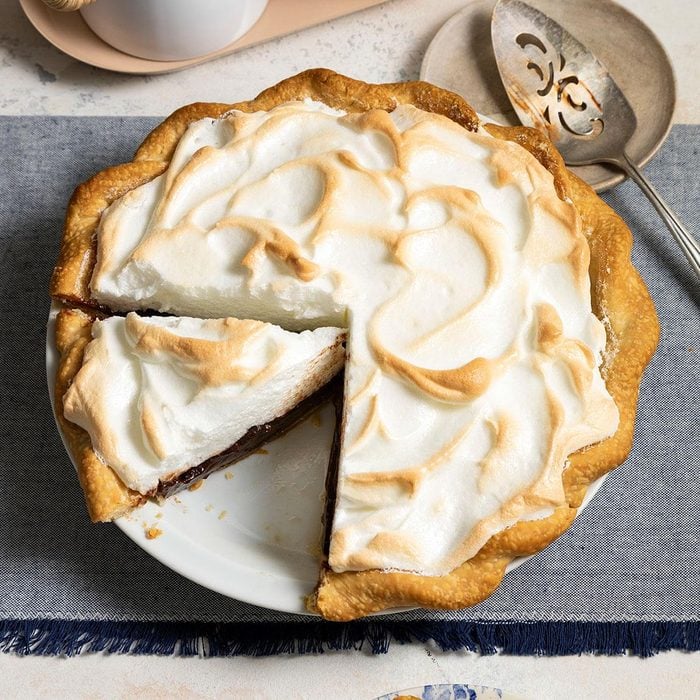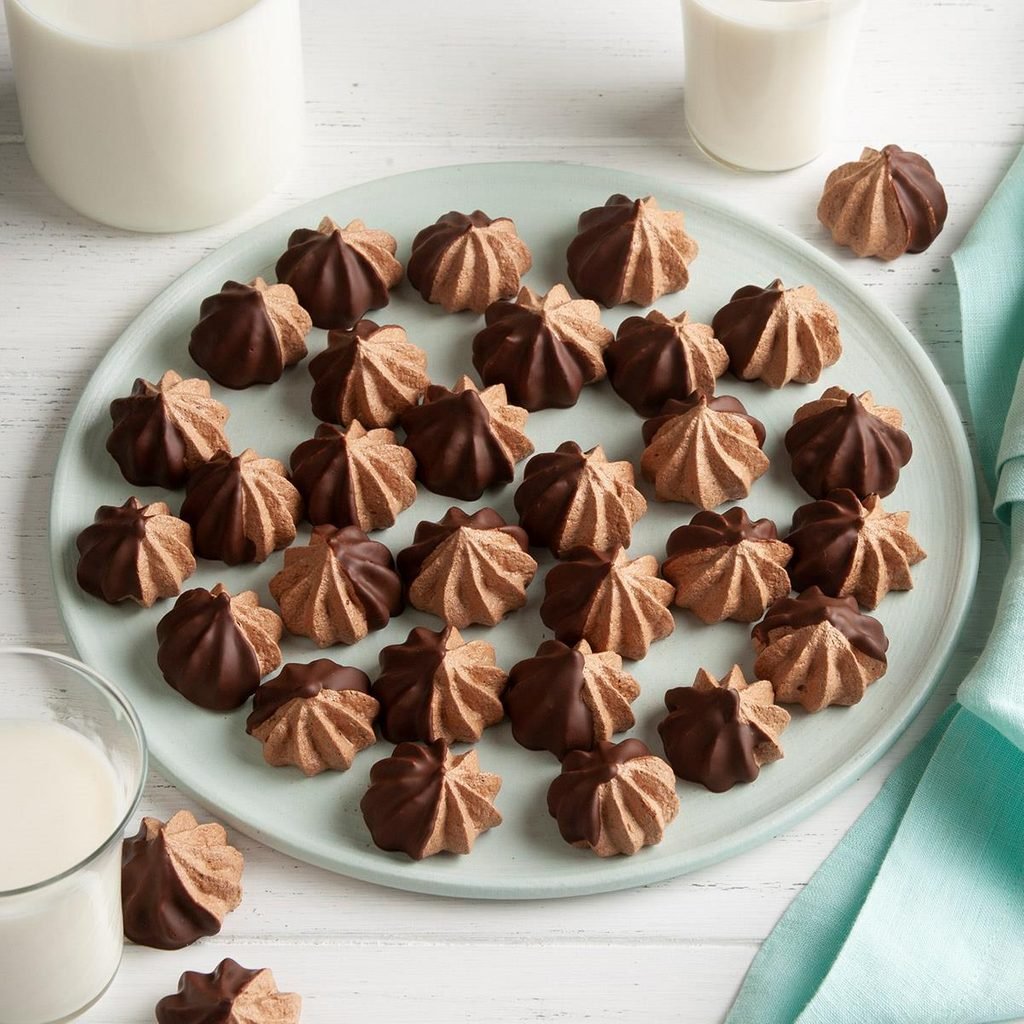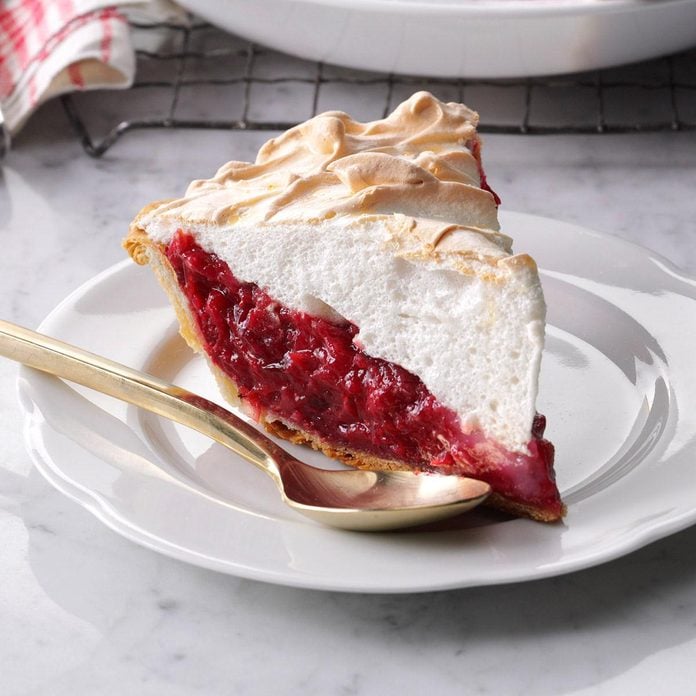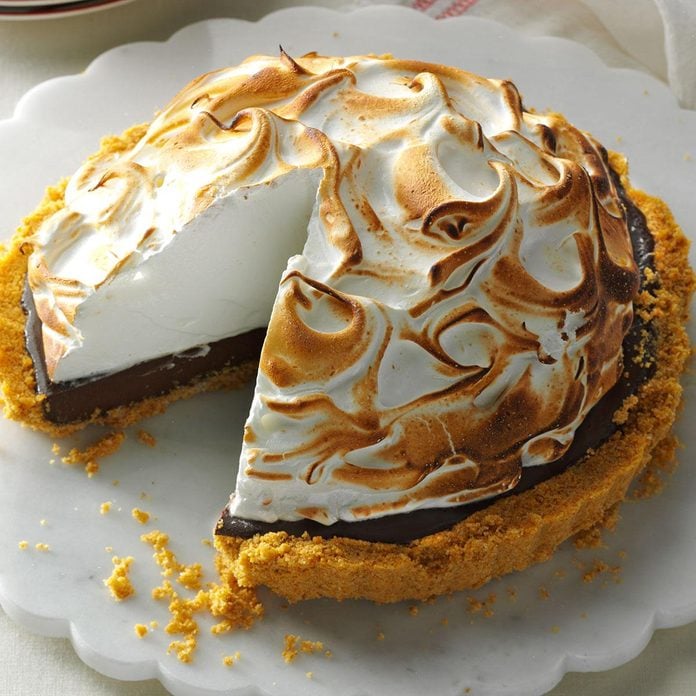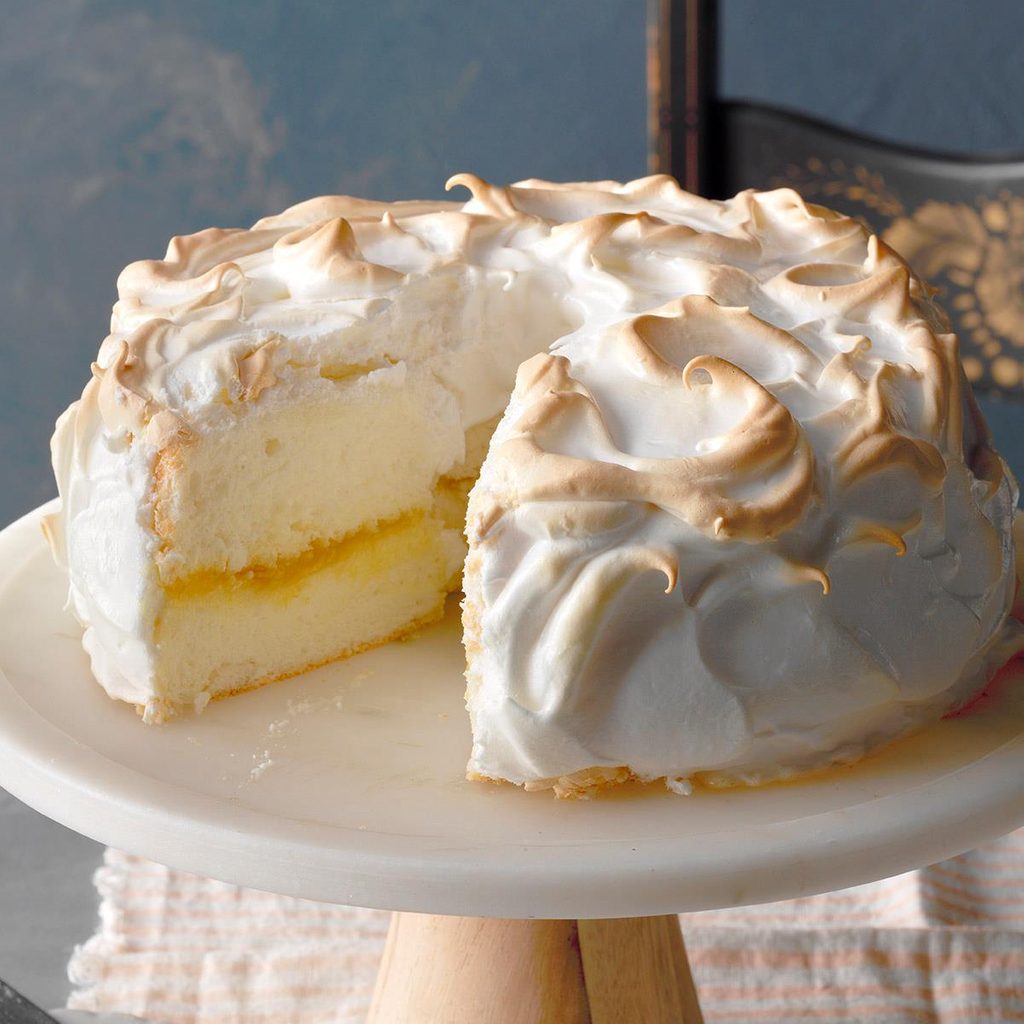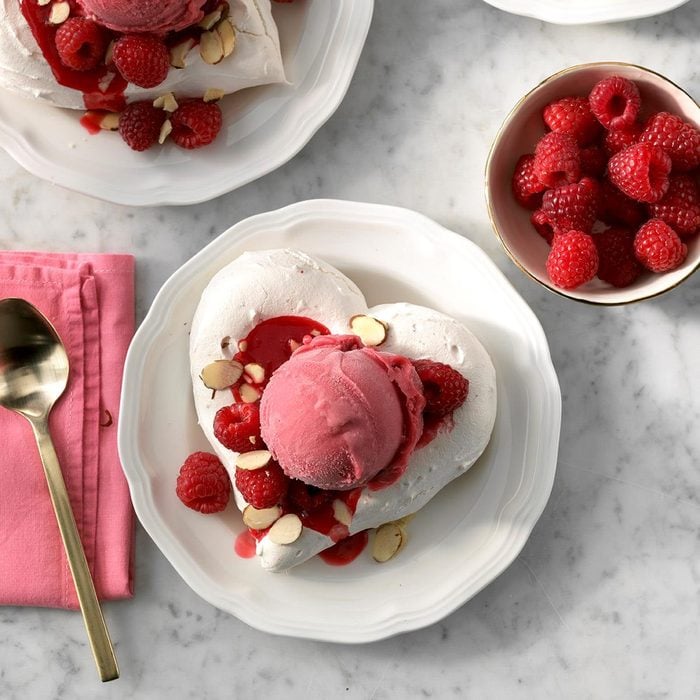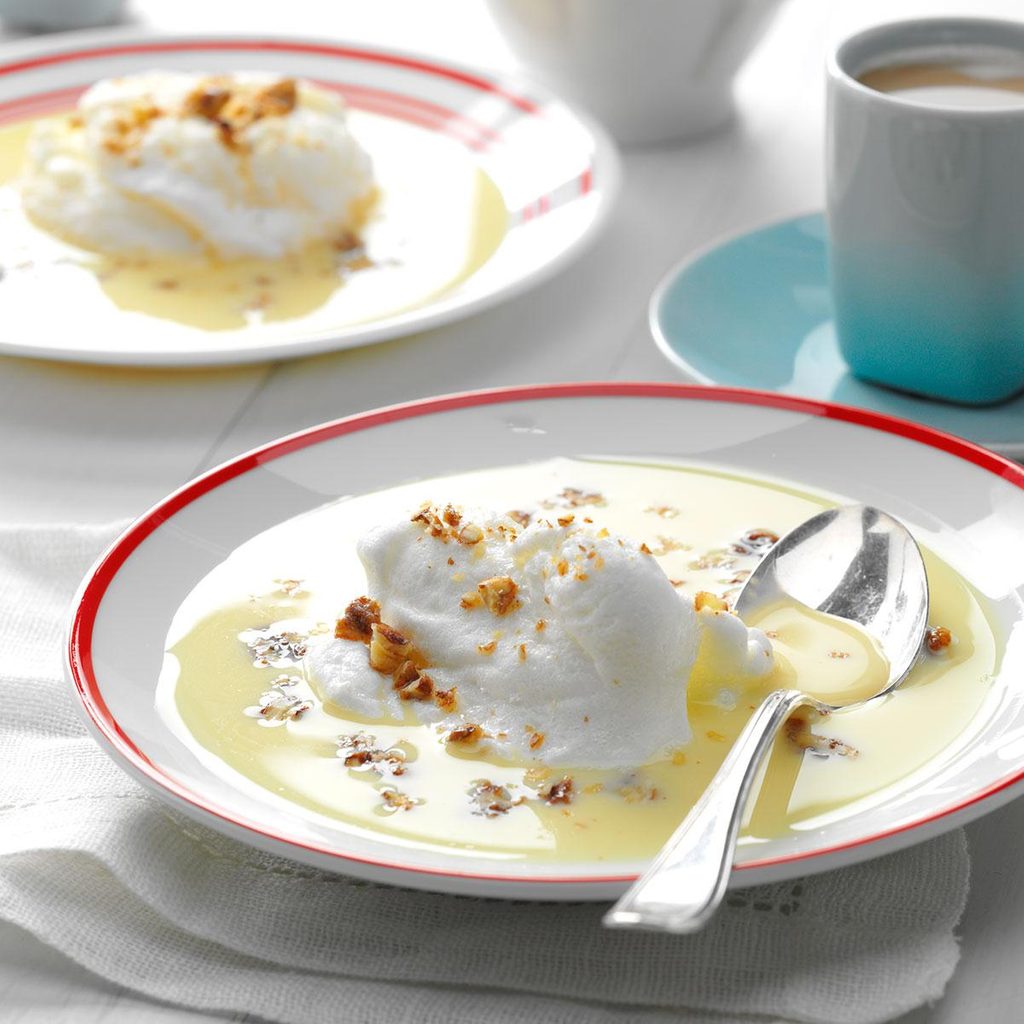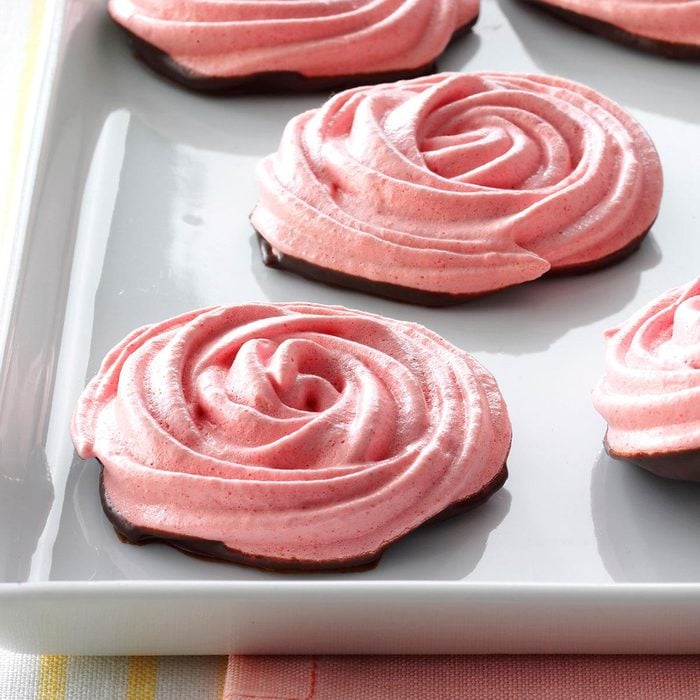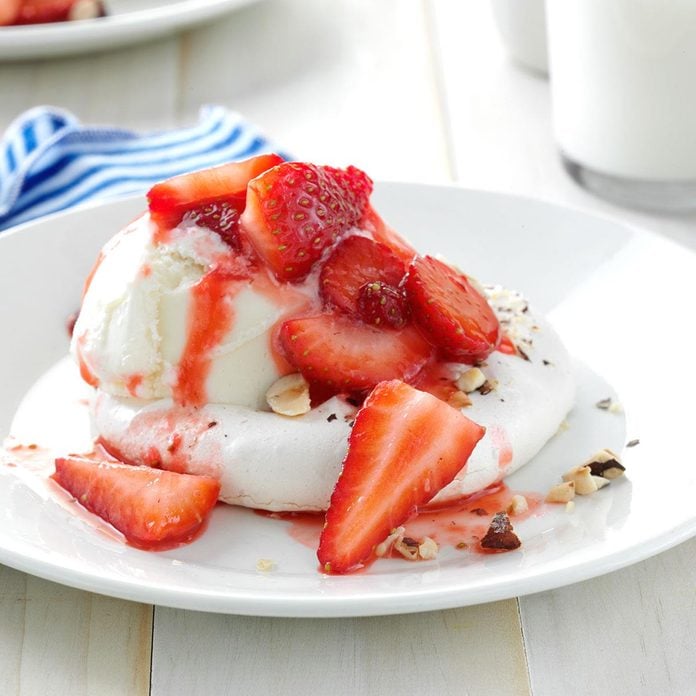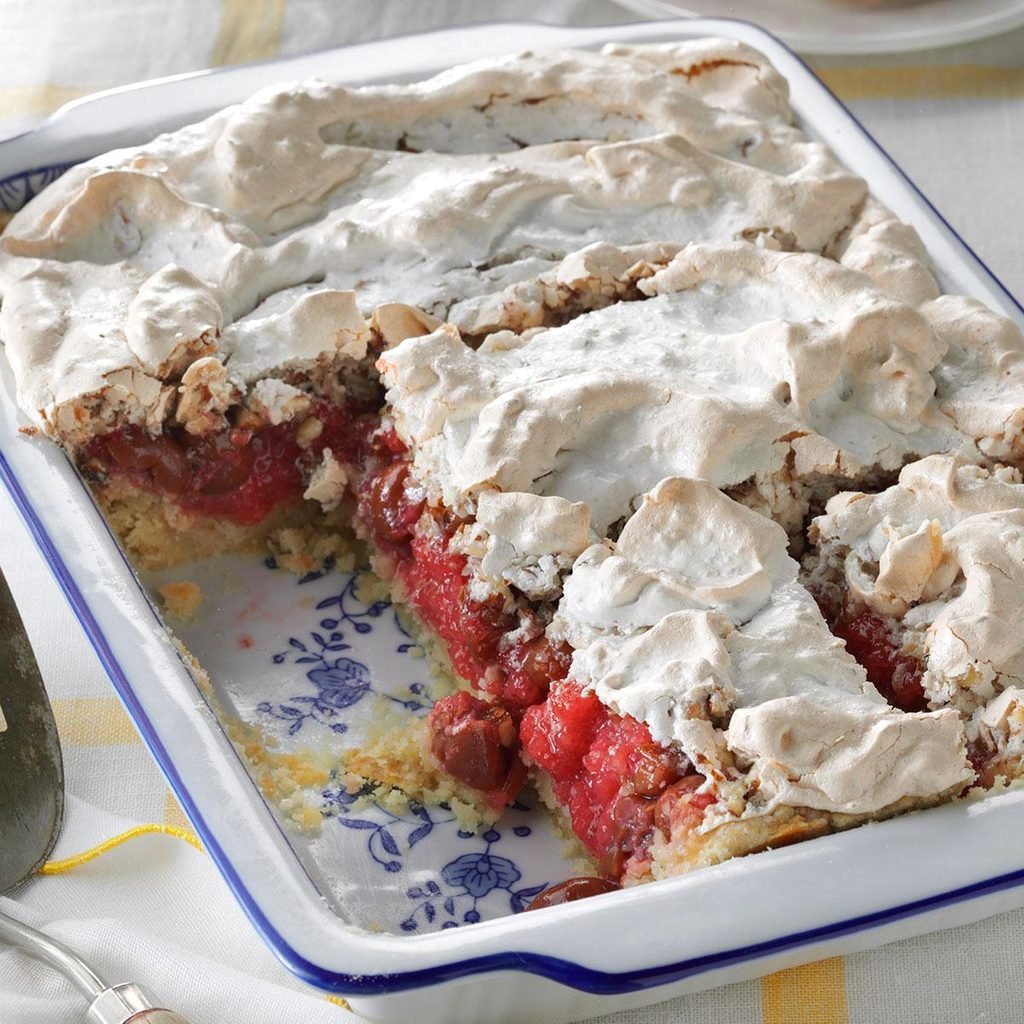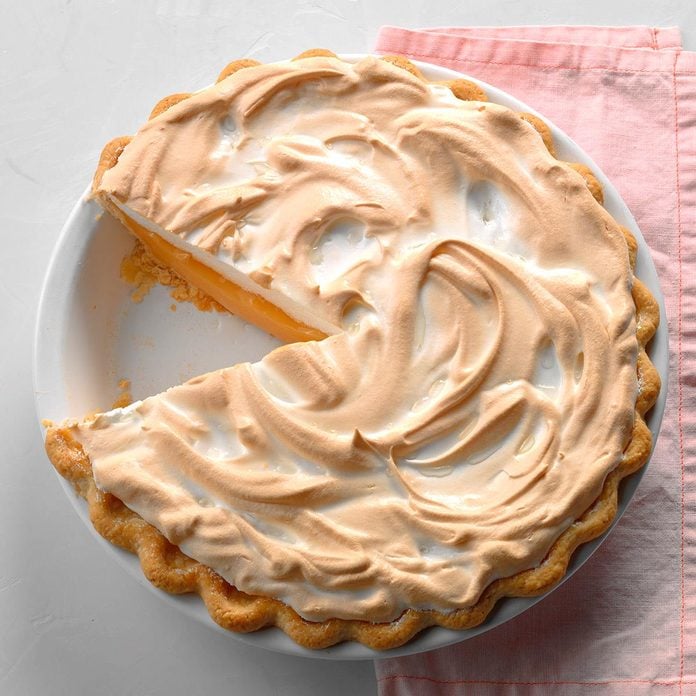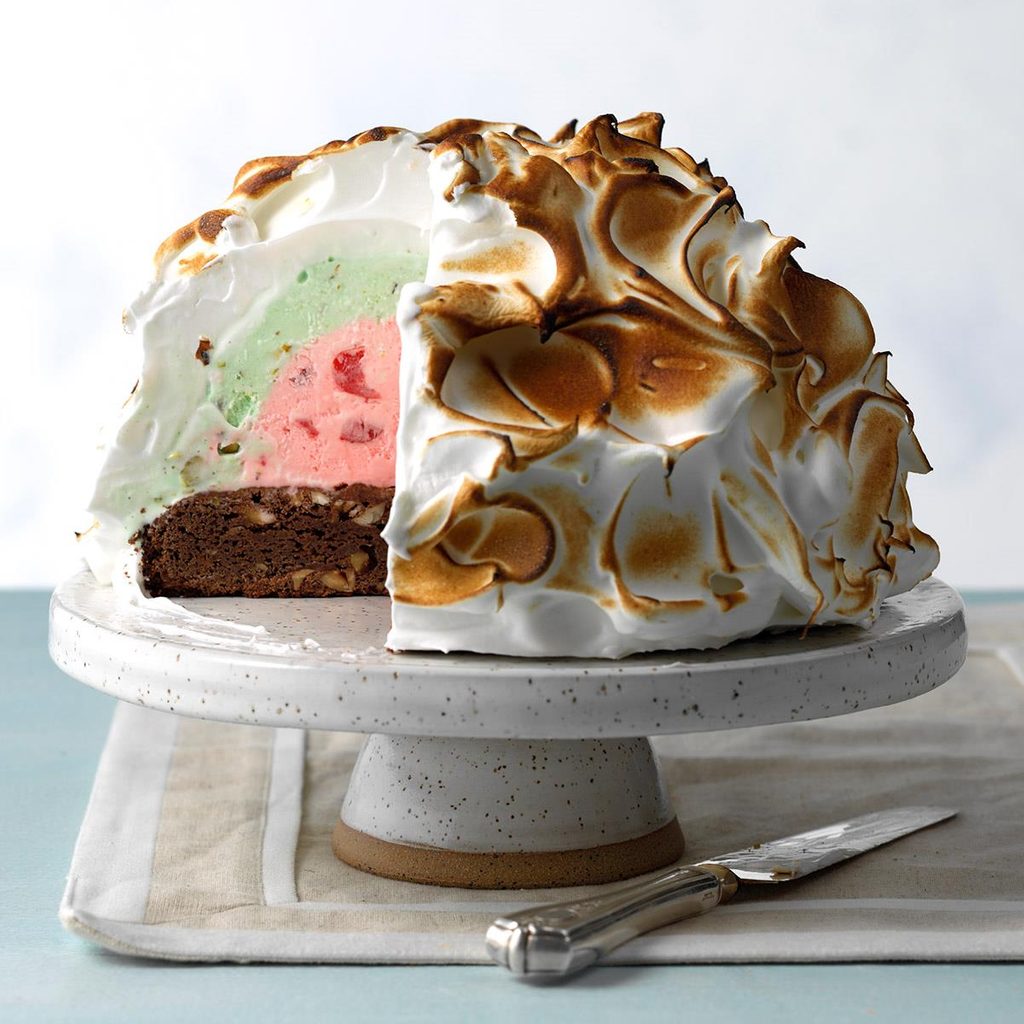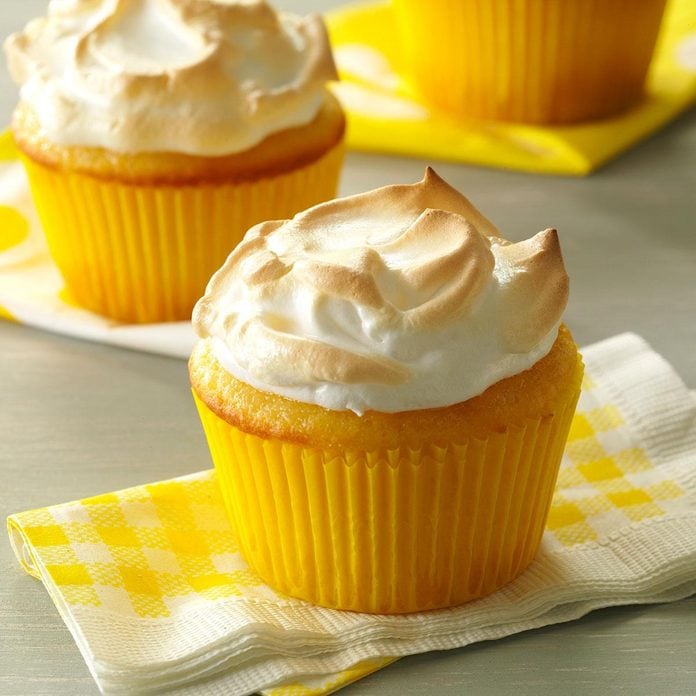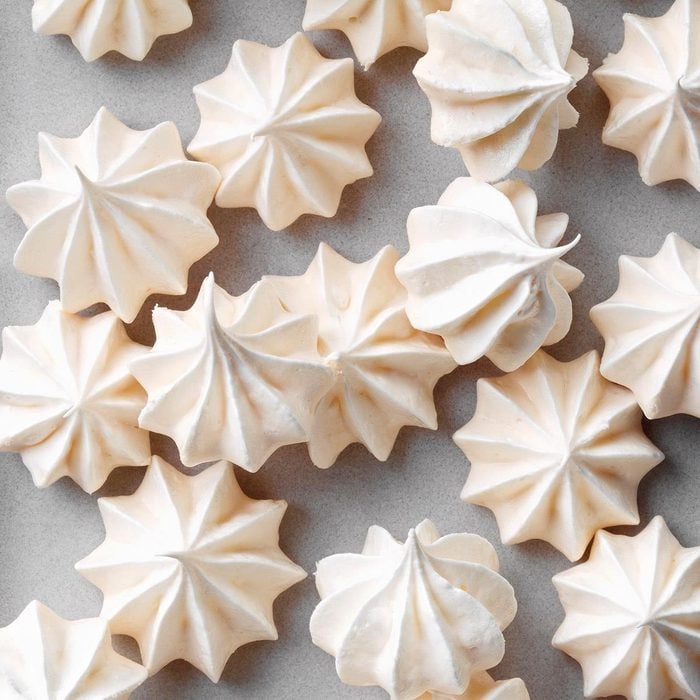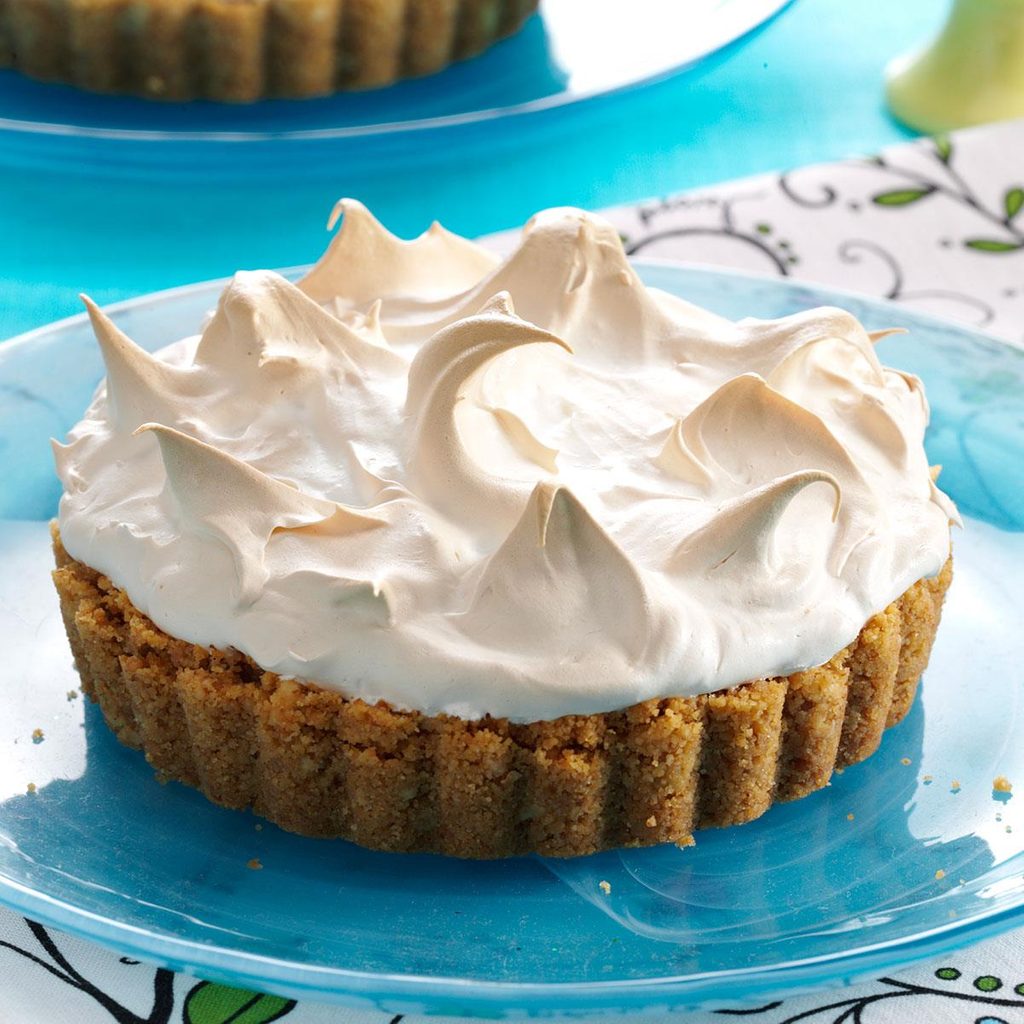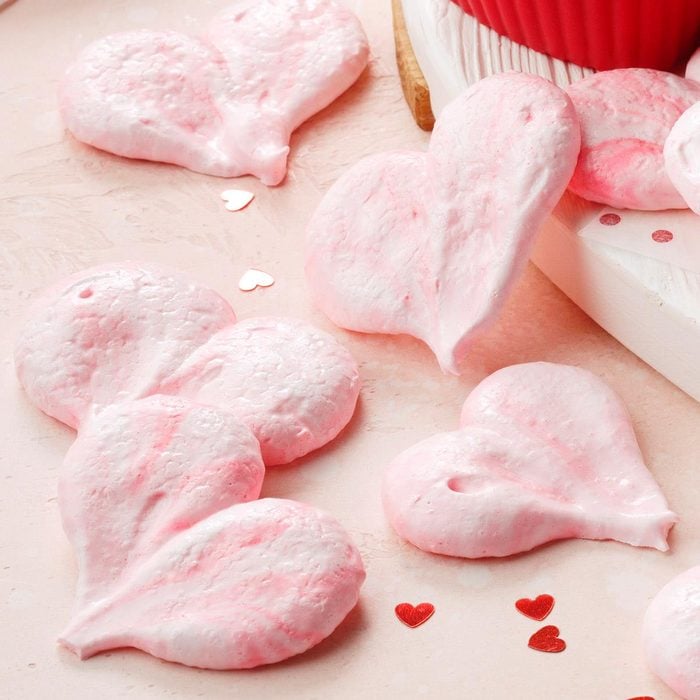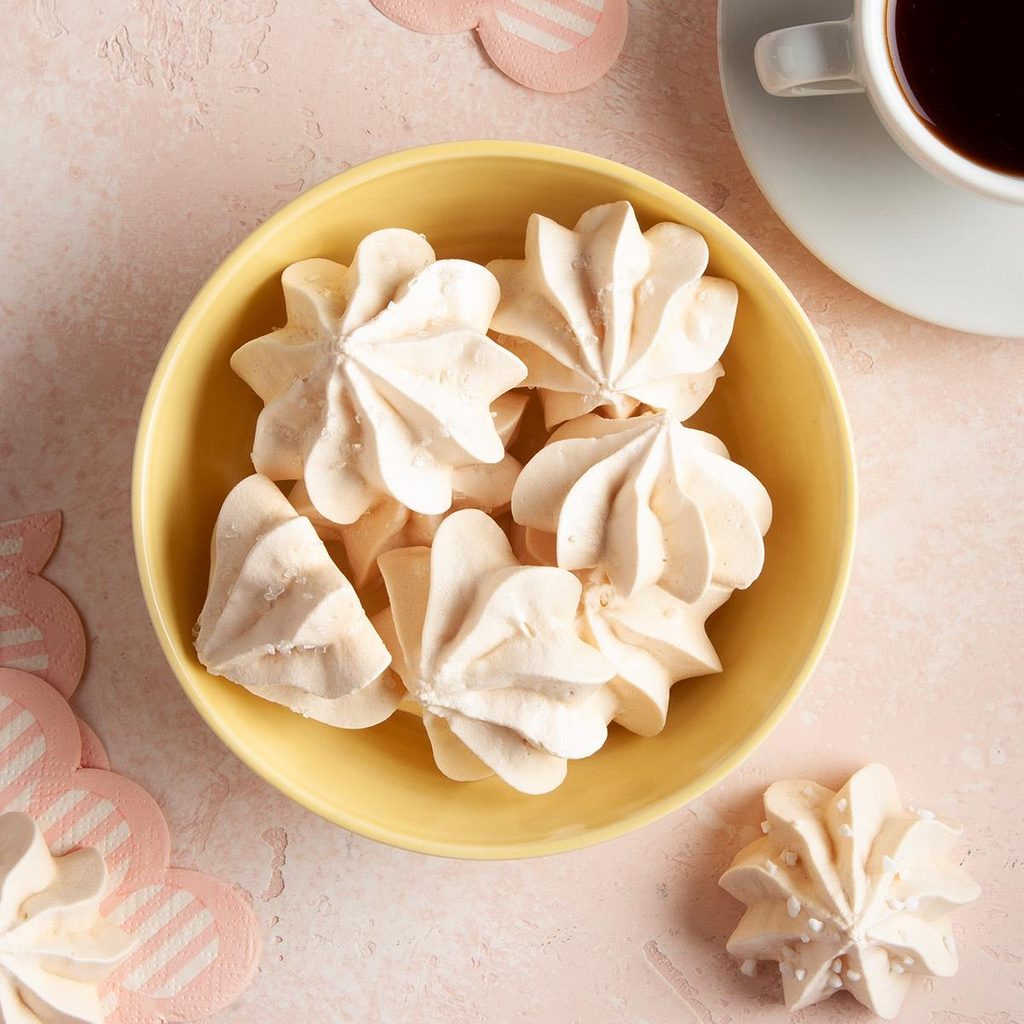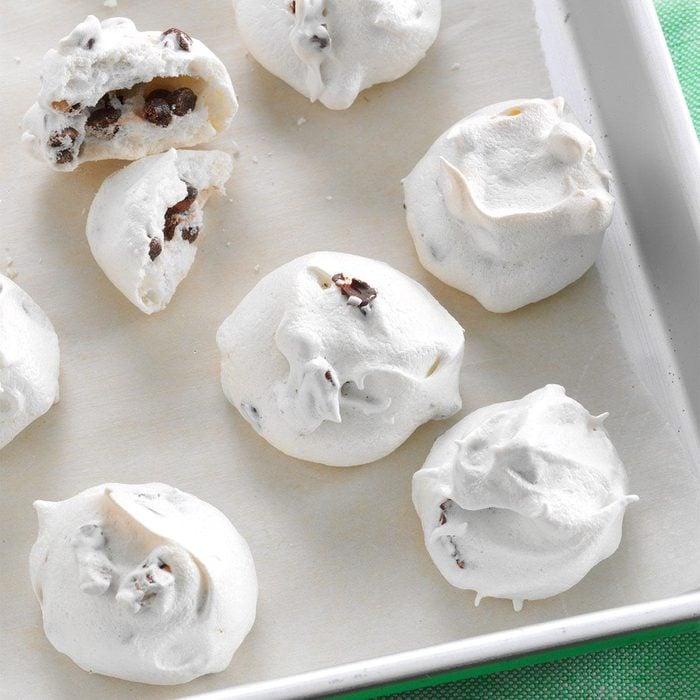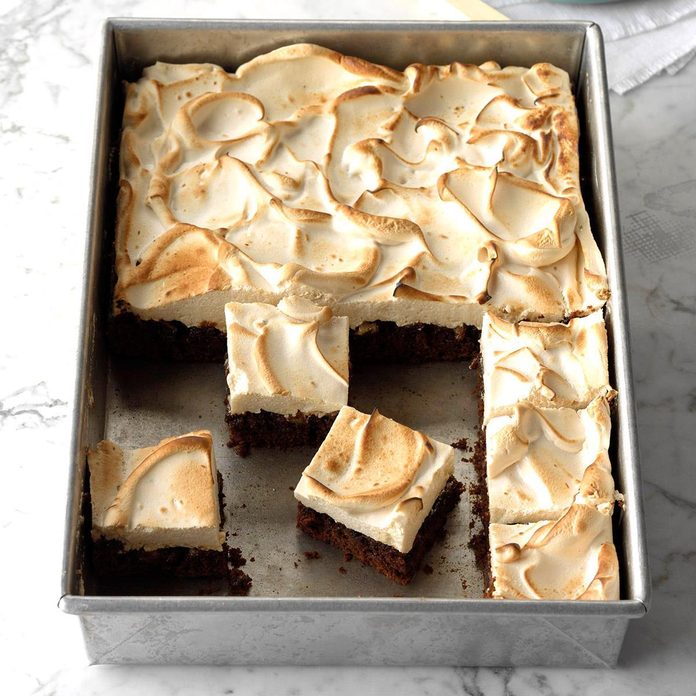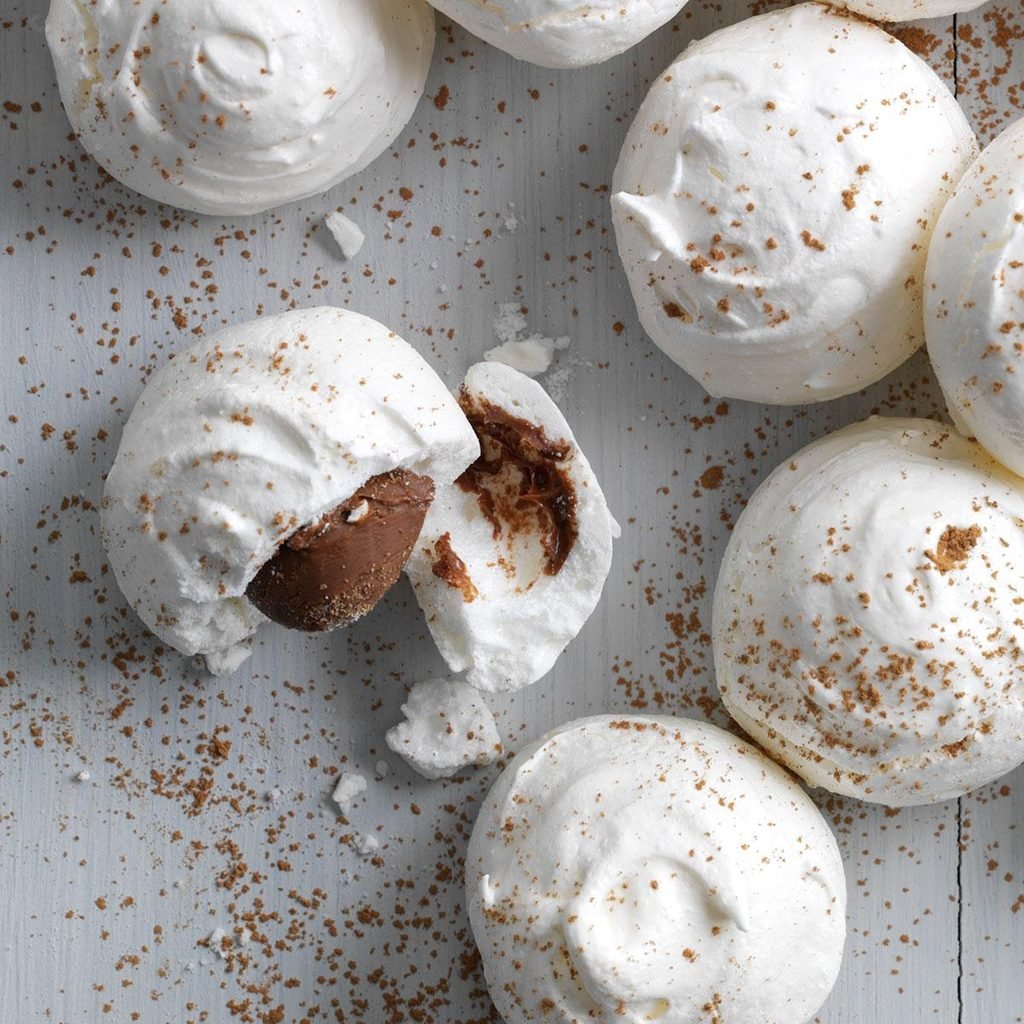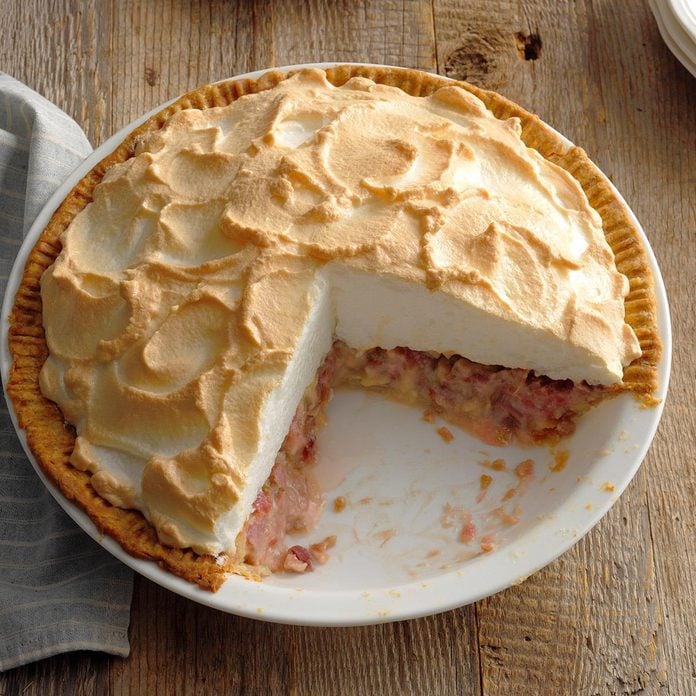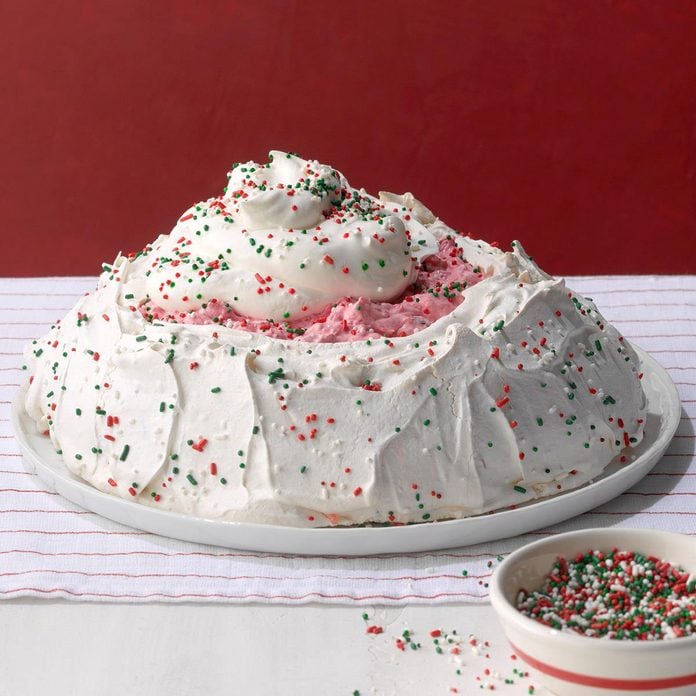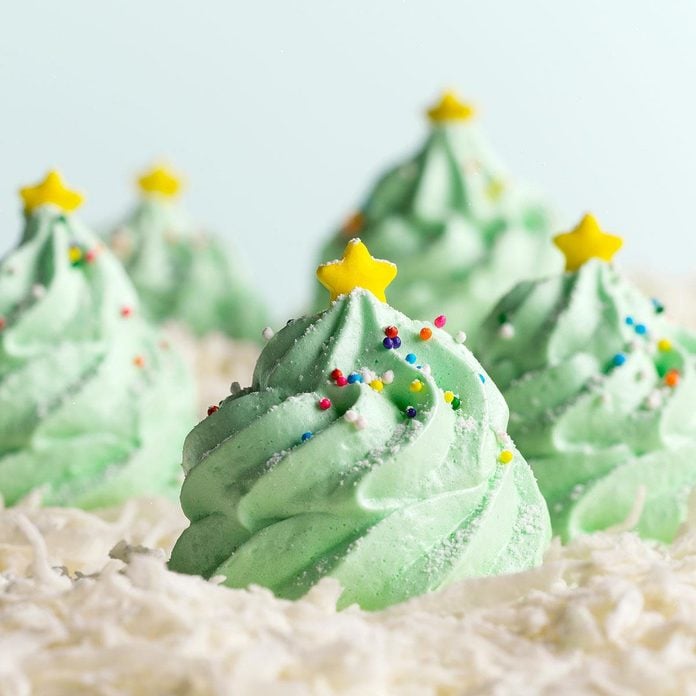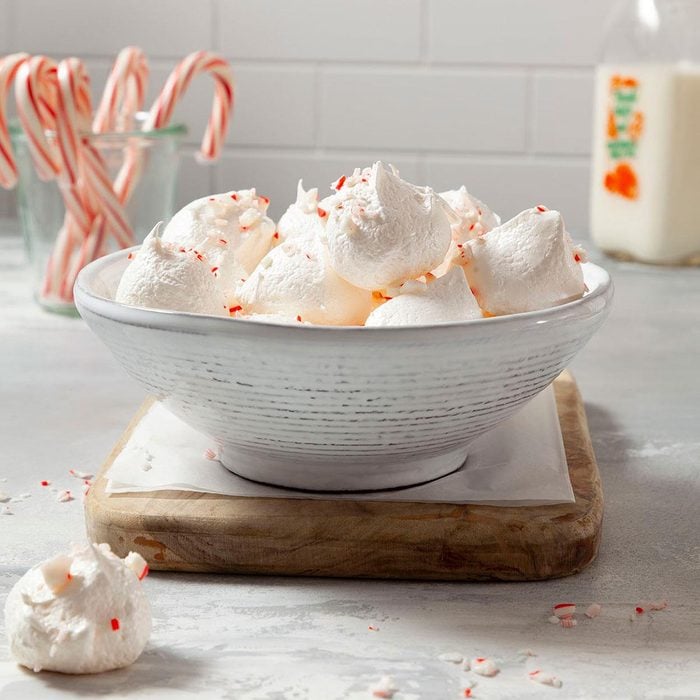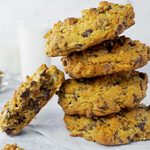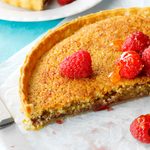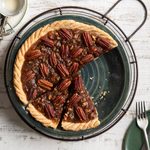How to Make Meringue
Learning how to make meringue will help you master dessert recipes ranging from creamy pies to melt-in-your-mouth macarons.
Our editors and experts handpick every product we feature. We may earn a commission from your purchases.
If you’ve pressed your nose against the dessert case of any self-respecting bakery, you’ve seen delicious meringue desserts. Meringue can take on many roles, from a creamy pie topping to sweet, crunchy cookies. Here’s how to make meringue in its two most common forms: soft meringue and stiff meringue.
On This Page
What Is Meringue?
Meringue may look like it’s made of marshmallow fluff, but it’s actually a sweet foam made from egg whites and sugar. Beat those ingredients together and like magic, they transform into a silky texture that you can use to make everything from this Chocolate S’mores Tart to these gorgeous Chocolate-Dipped Strawberry Meringue Roses. You can also fold meringue into custard for an airy, creamy pie filling, like in this old-fashioned Nesselrode pie recipe.
Tools You’ll Need to Make Meringue
You only need one of these tools in order to whip up airy meringue, and selecting one is like a choose-your-own-adventure novel. Do you want the ease of a stand mixer, the affordability of a hand mixer, or are you willing to put in some muscle and use a handheld whisk? There’s no right or wrong answer—pick the one that works best for you.
- Stand mixer: If you’re whipping up meringue on the regular, it’s time to invest in a quality stand mixer. Our Test Kitchen recommends the KitchenAid Artisan 5-Quart Stand Mixer for its powerful motor.
- Hand mixer: If you’re more of an occasional baker but still want the power of an electric mixer, a hand mixer is your go-to meringue tool. We recommend this KitchenAid 7-Speed Hand Mixer.
- Whisk: If you’re OK with getting an arm workout, you can make meringue with a handheld whisk. One of our culinary assistants loves this OXO Better Balloon Whisk.
How to Make Soft Meringue
Soft meringue has a delicate texture that starts to curl into peaks when you lift it out of the bowl but melts back into itself within a few seconds. Here’s how to make a meringue that’s soft enough to make a pillowy topping for your favorite meringue pie recipes, like this Florida Citrus Meringue Pie.
Ingredients
- 1/2 cup sugar, divided
- 1 tablespoon cornstarch
- 1/2 cup cold water
- 4 large egg whites
- 3/4 teaspoon vanilla extract
Directions
Step 1: Combine sugar and cornstarch
In a saucepan, combine the cornstarch and 2 tablespoons of the sugar. Gradually stir in the cold water. Cook and stir over medium heat until the mixture turns clear. Then transfer it into a bowl, and pop it in the fridge to cool.
Step 2: Beat it
In a large bowl, beat the egg whites and vanilla until the mixture thickens. Gradually beat in the remaining sugar 1 tablespoon at a time. Lastly, beat in the chilled cornstarch mixture on high until soft peaks form and the sugar is dissolved. If you keep beating for too long, you’ll get stiff peaks.
Editor’s tip: Don’t have vanilla extract on hand? Opt for another complimentary flavor for your dessert to make it your own.
How to Make Stiff Meringue
As the name implies, stiff meringue holds its shape on its own. Here’s how to make a meringue that’s stiff enough for making hard meringue cookies (like these Vanilla Meringue Cookies) and crispy, chewy pavlova (try this Two-Berry Pavlova recipe).
Ingredients
- 2 large egg whites
- ½ cup sugar
- ¼ teaspoon cream of tartar or ½ teaspoon lemon juice
Directions
Step 1: Beat the egg whites
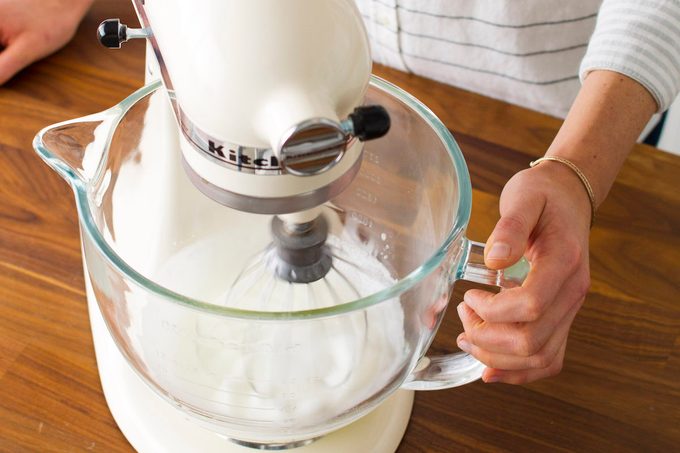
In a large bowl, combine the egg whites (here’s how to separate an egg) with the cream of tartar and use your tool of choice (a stand mixer, hand mixer or handheld whisk) to beat the mixture. Stop beating once the whites are foamy, kind of like soap bubbles.
Test Kitchen tip: Try not to overbeat the eggs at this point or it’ll be harder to combine them with the sugar.
Step 2: Slowly add the sugar
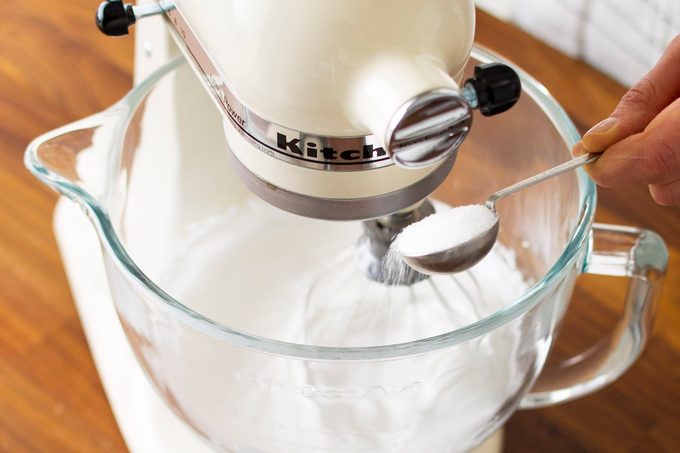
Gradually add the sugar 1 tablespoon at a time. Beat well after each addition to combine.
Test Kitchen tip: Once you add all of the sugar, you can stop worrying about overbeating. You can continue whipping the meringue for a long time, even if that means stepping away from your stand mixer for a few minutes.
Step 3: Beat until stiff peaks form
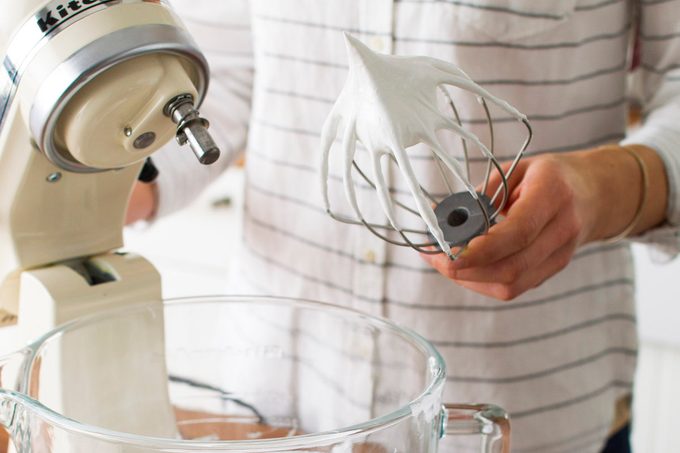
Continue beating until glossy stiff peaks form. To test the consistency of your meringue, lift the beater out of the bowl. The peaks of the egg whites that rise as you lift should stand straight up (and the ones on the beaters should stick out, too). Also, the whites shouldn’t slide if you tilt the bowl, and you shouldn’t see any clear, watery egg at the bottom. Finally, pinch some meringue between your fingers to double check that the sugar is dissolved—it should feel silky smooth.
Test Kitchen tip: Once you stop whipping the egg whites, it’s best to move quickly. The longer they sit before going into the oven, the more they will sink and sag.
Tips for Making Meringue
For foolproof meringue, follow these tips:
Use old eggs
Fresher isn’t always better. Older eggs actually produce fluffier and higher meringues. You can test your eggs by gently placing an uncracked one in a glass of water. If it stands up on its end, it will be great for meringue. You’ll know your egg is too old if it floats—in that case, toss it. If the egg lies on its side on the bottom of the glass, it’s very fresh.
Editor’s tip: You can also check your eggs’ freshness by decoding the numbers on the egg carton.
Bring the eggs to room temperature
Separate the whites from the yolks while the eggs are still cold from the refrigerator. Then let the whites stand at room temperature for 30 minutes before beating. This will help you whip your eggs to lofty heights. (Learn more about why you should use room-temperature egg whites for meringue.)
Use a clean bowl
For the greatest volume, place whites in a small, clean metal or glass mixing bowl. Even a drop of fat from the egg yolk or oil—or the grease film sometimes found on plastic bowls—will prevent egg whites from foaming. Be sure to use clean beaters, too.
Don’t forget the secret ingredient
For the strongest and most stable meringue, add 1/8 teaspoon of cream of tartar for every egg white before beating—it’s an acid that stabilizes the egg white. If you don’t have any on hand, use 1/2 teaspoon of lemon juice for every egg white. (Or if you happen to have a copper-lined bowl, that’ll produce the same effect.)
Take your time
As you beat, don’t rush adding the sugar. The slower you add your sugar, the better it’ll dissolve into the whipped whites. We recommend pouring in 1 tablespoon at a time. This will help you achieve a silky smooth texture instead of a gritty one.
Take weather into account
It’s best to make meringues on a dry day. On humid or rainy days, they can absorb moisture and become limp or sticky.
Teddy Nykiel, Taste of Home Associate Digital Editor, contributed to this article.


